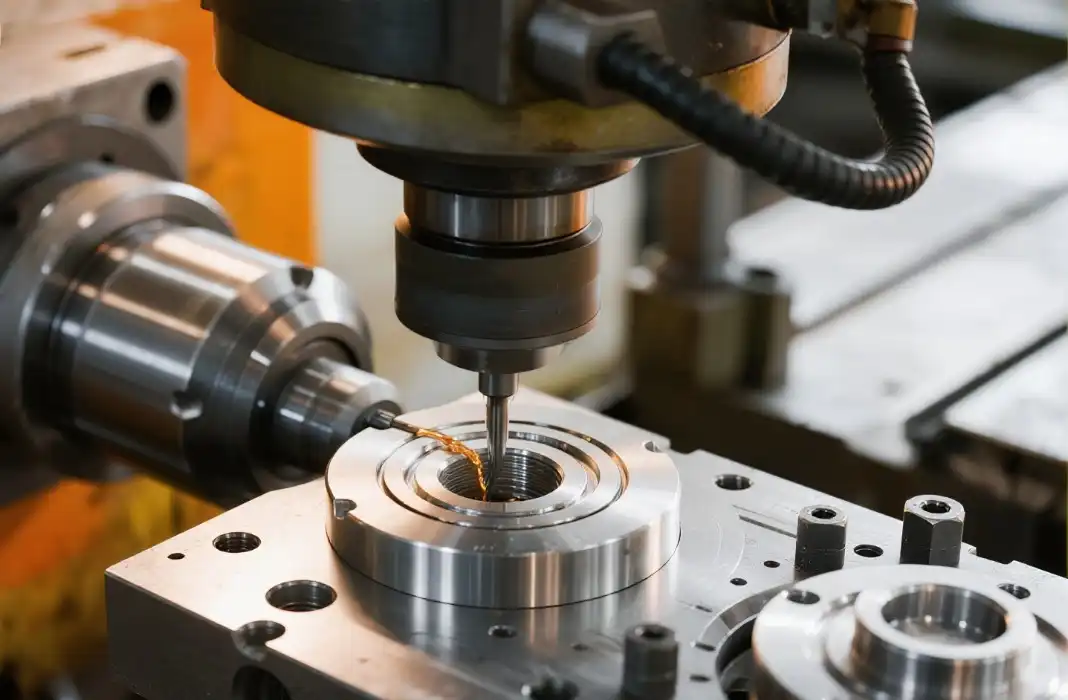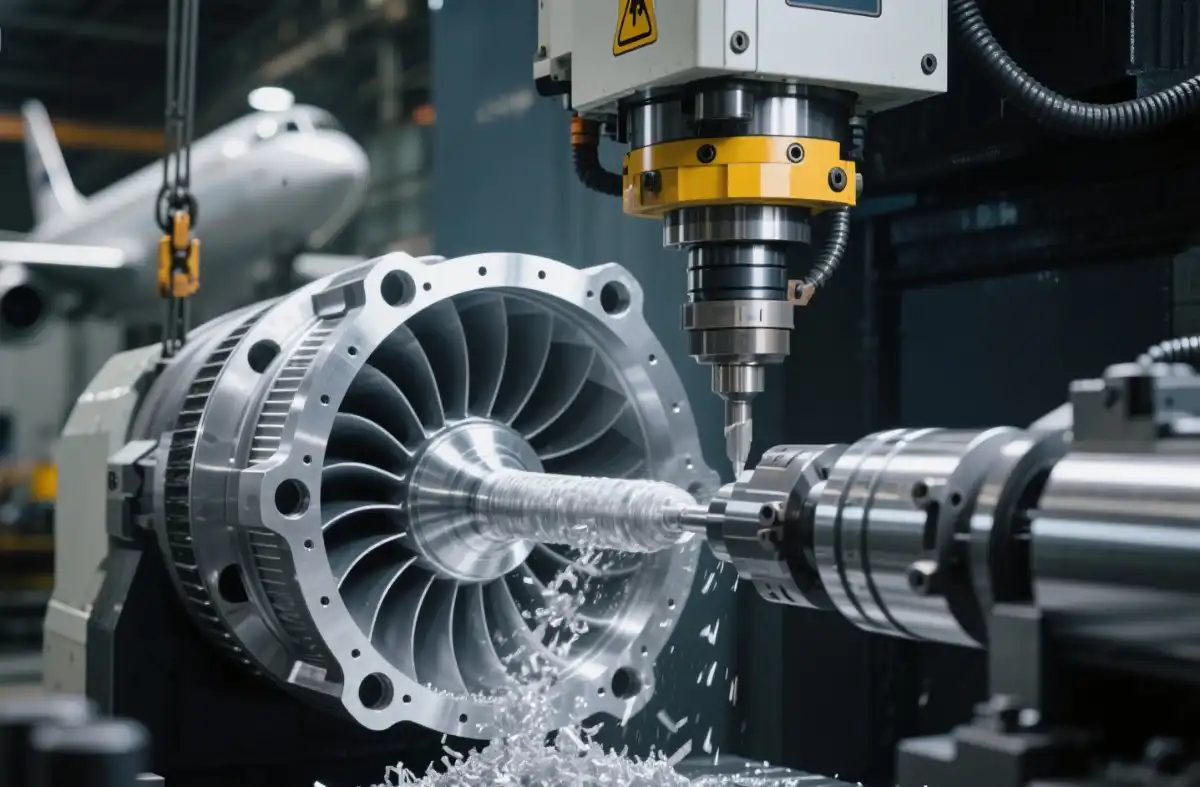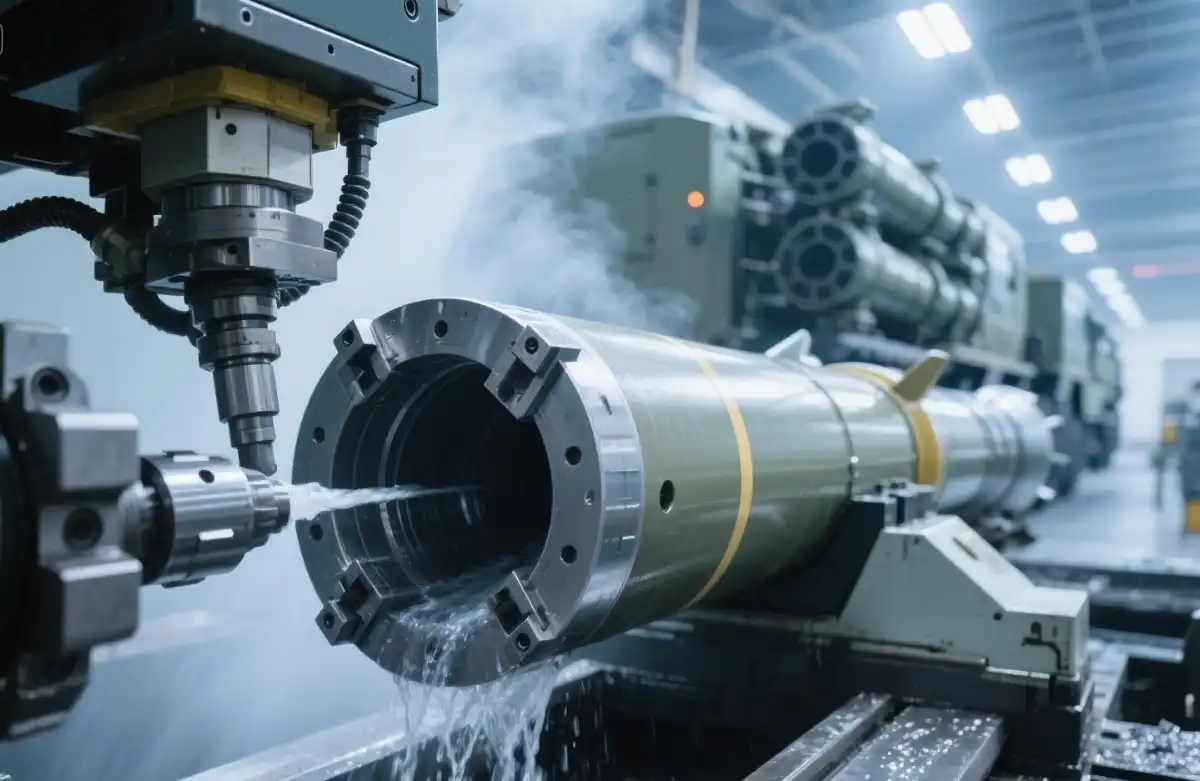The Evolution of CNC Prototyping in Manufacturing
Historical Context and Technological Advancements
The journey of CNC prototyping began in the mid-20th century with the advent of numerical control machines. These early systems relied on punch cards to guide cutting tools, marking the first step towards automated manufacturing. As computer technology progressed, these machines evolved into the sophisticated CNC systems we know today. Modern CNC prototyping equipment boasts multi-axis capabilities, allowing for intricate geometries and complex part creation that were once unimaginable.
The integration of CAD/CAM software with CNC machines has further revolutionized the prototyping process. Designers can now seamlessly translate digital models into machining instructions, eliminating manual programming and reducing errors. This symbiosis between software and hardware has dramatically improved the accuracy and repeatability of prototypes, ensuring consistent quality across iterations.
Impact on Product Development Cycles
CNC prototyping has significantly compressed product development timelines. In the past, creating a functional prototype could take weeks or even months. Now, with CNC technology, prototypes can often be produced in a matter of days or hours. This rapid turnaround allows for multiple design iterations to be tested and refined quickly, leading to more robust final products.
The efficiency gains extend beyond just speed. CNC prototyping enables the creation of complex geometries that would be challenging or impossible to achieve with traditional manufacturing methods. This capability opens up new avenues for innovation, allowing designers to push the boundaries of what's possible in product design.

Materials and Applications Across Industries
The versatility of CNC prototyping is evident in its ability to work with a wide range of materials. From plastics and metals to composites and exotic alloys, CNC machines can handle diverse materials with precision. This flexibility makes CNC prototyping invaluable across various industries, including aerospace, automotive, medical devices, and consumer electronics.
In the aerospace sector, CNC prototyping is used to create lightweight yet durable components that meet stringent safety standards. The automotive industry leverages CNC technology for rapid prototyping of engine parts, body panels, and interior components. Medical device manufacturers rely on CNC prototyping to produce precise instruments and implants that conform to strict regulatory requirements.
Optimizing Efficiency Through Advanced CNC Techniques
Multi-Axis Machining and Its Advantages
Multi-axis CNC machining represents a significant leap forward in prototyping capabilities. Traditional 3-axis machines are limited to movement along the X, Y, and Z axes. In contrast, 5-axis and even 7-axis CNC machines can rotate the cutting tool or workpiece around two additional axes. This enhanced mobility allows for the creation of complex, organic shapes with fewer setups and greater precision.
The advantages of multi-axis machining in prototyping are numerous. It enables the production of parts with undercuts and intricate geometries that would be impossible or highly inefficient with conventional 3-axis machines. This capability not only expands design possibilities but also reduces the need for multiple setups, thereby decreasing production time and potential for error.
High-Speed Machining (HSM) Techniques
High-speed machining is another innovation that has significantly boosted CNC prototyping efficiency. HSM involves using specialized cutting tools and optimized toolpaths to achieve higher material removal rates without compromising surface finish or accuracy. By maintaining consistent chip loads and reducing heat buildup, HSM allows for faster cutting speeds and feed rates.
The implementation of HSM in CNC prototyping has led to dramatic reductions in machining time, particularly for complex parts. This technique is especially beneficial when working with hard materials or when producing prototypes with thin walls or delicate features. The improved efficiency not only accelerates the prototyping process but also extends tool life and reduces overall production costs.

Intelligent Toolpath Strategies
Advanced CAM software has introduced intelligent toolpath strategies that optimize the movement of cutting tools during CNC prototyping. These algorithms analyze the part geometry and material properties to generate efficient cutting paths that minimize tool wear and maximize material removal rates. Adaptive clearing, for instance, adjusts the toolpath in real-time based on the current cutting conditions, ensuring consistent chip loads and preventing tool breakage.
Trochoidal milling is another innovative technique that has gained popularity in CNC prototyping. This strategy involves a circular tool motion combined with a forward step, allowing for high-speed machining of hard materials with reduced tool wear. By implementing these intelligent toolpath strategies, manufacturers can significantly reduce machining times and improve surface finishes, leading to higher quality prototypes produced more efficiently.
Integrating CNC Prototyping into Modern Product Development Workflows
Collaborative Design and Rapid Iteration
The integration of CNC prototyping into modern product development workflows has fostered a more collaborative and iterative design process. Digital models can be quickly transformed into physical prototypes, allowing design teams to conduct hands-on evaluations and gather tangible feedback. This rapid iteration cycle enables designers to identify and address issues early in the development process, reducing the likelihood of costly changes later on.
Cloud-based collaboration tools have further enhanced this process by allowing geographically dispersed teams to work together seamlessly. Designers can share CAD files, machining parameters, and prototype feedback in real-time, facilitating a more dynamic and responsive development cycle. This level of collaboration ensures that all stakeholders can contribute to the refinement of the product, leading to more innovative and market-ready designs.
Hybrid Manufacturing Approaches
The synergy between CNC prototyping and other manufacturing technologies has given rise to hybrid manufacturing approaches. For instance, combining CNC machining with additive manufacturing techniques like 3D printing allows for the creation of complex prototypes that leverage the strengths of both methods. Parts can be 3D printed to near-net shape and then finished to precise tolerances using CNC machining.
This hybrid approach not only expands the range of possible geometries but also optimizes material usage and production time. It's particularly beneficial for creating prototypes with internal cavities or lattice structures that would be challenging to produce through CNC machining alone. As these hybrid techniques continue to evolve, they promise to unlock new possibilities in prototype design and functionality.

Data-Driven Optimization and Quality Control
The digital nature of CNC prototyping allows for the collection and analysis of vast amounts of production data. This data-driven approach enables continuous optimization of the prototyping process. Machine learning algorithms can analyze cutting parameters, tool wear patterns, and part quality metrics to suggest improvements in machining strategies.
Advanced sensors and in-process monitoring systems provide real-time feedback during CNC prototyping, allowing for immediate adjustments to maintain quality standards. This level of control ensures consistent prototype quality and reduces waste, further enhancing the efficiency of the product development cycle. As these technologies mature, we can expect even greater levels of automation and predictive capabilities in CNC prototyping workflows.
Conclusion
CNC prototyping has emerged as a cornerstone of efficient product development, offering unparalleled precision, speed, and versatility. By leveraging advanced techniques such as multi-axis machining, high-speed machining, and intelligent toolpath strategies, manufacturers can produce complex prototypes with remarkable efficiency. The integration of CNC prototyping into collaborative design workflows, combined with hybrid manufacturing approaches and data-driven optimization, is paving the way for more innovative and refined products. As technology continues to evolve, CNC prototyping will undoubtedly play an increasingly crucial role in shaping the future of product development across industries.
FAQs
What materials can be used in CNC prototyping?
CNC prototyping can work with a wide range of materials, including various metals, plastics, composites, and even some exotic alloys. The choice depends on the specific requirements of the prototype.
How does CNC prototyping compare to 3D printing?
While both are valuable for prototyping, CNC machining typically offers higher precision and better surface finishes, especially for metal parts. 3D printing excels in creating complex geometries and is often faster for small, intricate parts.
What industries benefit most from CNC prototyping?
CNC prototyping is widely used across various industries, including aerospace, automotive, medical devices, consumer electronics, and industrial equipment manufacturing.
Expert CNC Prototyping Services | BOEN
At BOEN Prototype, we specialize in delivering high-quality CNC prototyping services to support your product development needs. Our state-of-the-art CNC machining capabilities, combined with our expertise in rapid tooling and low-volume manufacturing, make us the ideal partner for bringing your designs to life. As a leading supplier and manufacturer in the industry, we offer tailored solutions for complex prototyping challenges across various sectors. Contact us at contact@boenrapid.com to learn how we can enhance your product development efficiency.
References
Johnson, M. (2022). "Advancements in CNC Prototyping Techniques for Rapid Product Development." Journal of Manufacturing Technology, 45(3), 278-295.
Smith, A. & Brown, L. (2021). "The Impact of Multi-Axis CNC Machining on Prototype Quality and Production Efficiency." International Journal of Advanced Manufacturing Technology, 112(7), 2145-2160.
Chen, X. et al. (2023). "Integration of AI and Machine Learning in CNC Prototyping Workflows." Robotics and Computer-Integrated Manufacturing, 79, 102389.
Williams, R. (2020). "Hybrid Manufacturing: Combining CNC and Additive Technologies in Prototyping." Additive Manufacturing, 36, 101536.
Lee, K. & Park, S. (2022). "Optimizing Toolpath Strategies for High-Speed CNC Prototyping." Journal of Materials Processing Technology, 300, 117345.
Thompson, J. (2021). "The Role of CNC Prototyping in Accelerating Product Development Cycles: A Case Study Approach." Product Innovation Management Journal, 38(4), 412-428.





